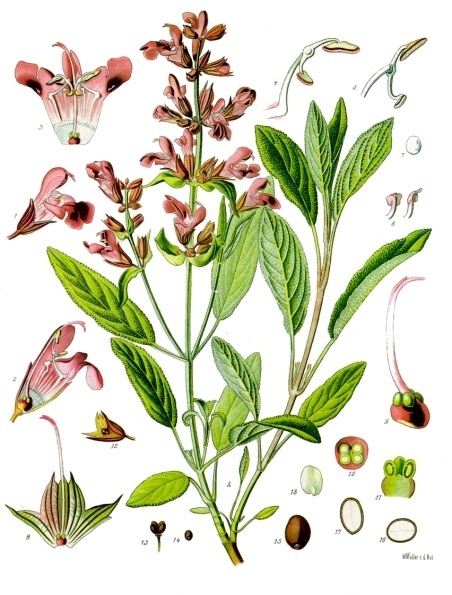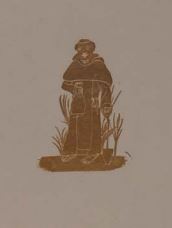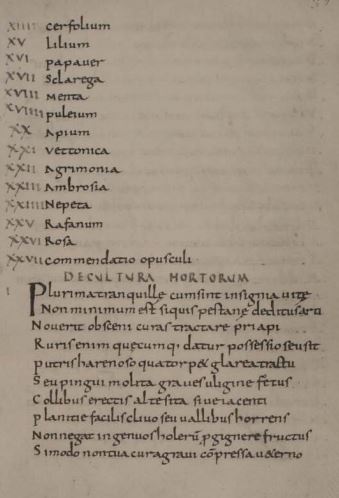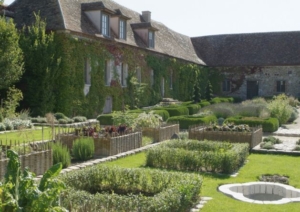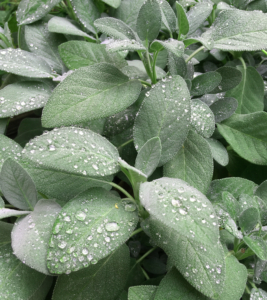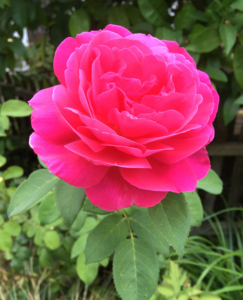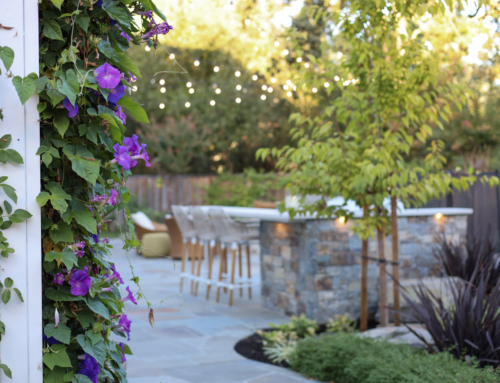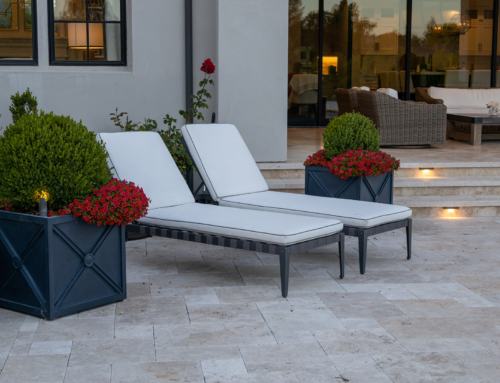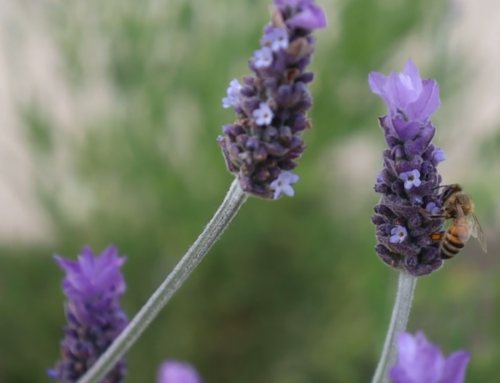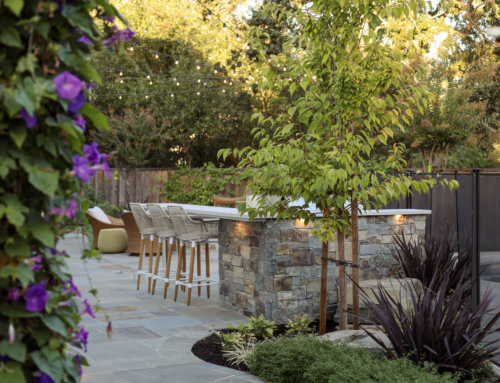Celebrated Herbs
Salvia officinalis – Kohler, Medizinal Pflantzen
Herbs are a necessity for every gardener, natural-remedy seeker, or farm-to-table chef, and in Landscape Design we often find ourselves planting herbs, either in their own special garden or incorporated into the landscape. The herbs we may think of as traditional in Western cooking have a rich history of recognition for their many properties. While you may think you are familiar with herbs, you may be surprised by the history and uses of a few that have been long celebrated worldwide. From ancient apothecaries to the modern day, these can grace any garden, including yours!
Medieval Herbs
In Ninth-Century Medieval Europe, Carolingian monk Walahfrid Strabo wrote a book about his garden. In addition to highlighting some of the classic gardening challenges we still face today (soil problems, moles, and weeds, to name a few) Strabo waxes poetic about his favorite herbs, including many of our modern-day favorites, like Sage, Mint, and Fennel.
Strabo’s Hortulus (The Little Garden- 840 CE) gives us a window into the early cultivation and uses of these herbs and many others that we may not think of so much. It’s interesting to note his observations of the plants as they grew, and the many culinary and medicinal ways that they were used.
Medieval Herb Garden – Photo Francois Berraldacci
First on Strabo’s list is an herb present today in most herb cabinets. Salvia officinalis, or Common Sage. Latin Salvia comes from the same root as ‘Salvation’ and this plant was truly considered a cure for just about anything! Native also to the Middle East and quickly introduced for use in Asia, it had a far-spreading reputation. As a Persian proverb asks, “How can a man grow old who has sage in his garden?” With modern science, it has been shown that Sage actually does have many remarkable medicinal properties, not to mention the fact that it is totally delicious, and a cinch to grow in any sunny spot. We have to agree with our ancient fellow gardeners that Sage has a place in every garden.
Salvia officinalis in the J. Montgomery Studio Garden
Another classic favorite, beloved by people worldwide, Mentha, or Mint, has become the most popular traditional herb for flavoring everything from tea to toothpaste. The oils present in Mints are as useful as they are tasty, for relieving itching from insect bites and soothing digestion. Mint has been long celebrated worldwide, and many varieties exist. (Strabo even jokes in Hortulus that anyone knowing all the kinds of mint must also know all of the fish in the Indian Ocean!)
Mentha – Source Unknown
In Morocco, mint tea is a long-standing cultural phenomenon that is enjoyed many times a day. Moroccan Mint tea may have become the latest fad on American grocery shelves, but it is far from the real thing, due to (believe it or not) the totally wrong type of mint! Brewing Mentha spicata var. crispa, the real Moroccan Mint, is the only way to enjoy this beverage as it’s meant to be! Some Bay Area nurseries sell the plant, or you can grow from seed bought from a reliable source.
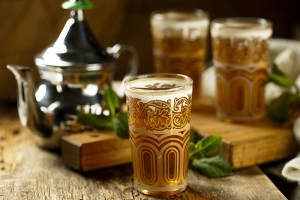
Traditional Moroccan Mint Tea – Source Unknown
Mint is also undoubtedly one of the easiest herbs to grow, if anything the difficulty lies in keeping it from taking over! With underground runners cleverly designed to spread and pop up all over your garden, you may want to consider growing mint in a pot or contained space, or you will forever be removing it from your other herbs and vegetables!
Flower and Herb?
J. Montgomery Studio Garden
As Landscape Designers, we could talk forever about Roses, the thousands of types both wild and cultivated and how to grow them. But as we’re talking about roses as an herb, we will focus here on the famous Damask Roses. Early-developed hybrids of Rosa gallica, Rosa moschata, and Rosa fedtschenkoana, Damask Roses (named after the city of Damascus, Syria) were famous for their incredible fragrance in the Middle East and Asia long before they came to Europe. But how can a flower be an herb? The use of rosewater and rose oil for their medicinal properties, and rose extract as a culinary flavoring, place roses among their fellow herbs as a useful as well as a beautiful flower. No Middle Easternor Traditional Chinese apothecary would be complete without rose.
Want to grow roses but daunted by the thought? Next week our blog will feature the care and cultivation of roses in the landscape, as well as some of our favorite varieties that we love to include in our planting designs! Practice is the key to growing anything, and we look forward to hearing your success stories!
~
We hope you supplement your herb garden with these beauties, and many others. Maybe you will end up creating an entire Medieval herb garden! We will be back later this fall with a feature on harvesting fennel seeds and other spices, and home-grown herb and spice recipes.

